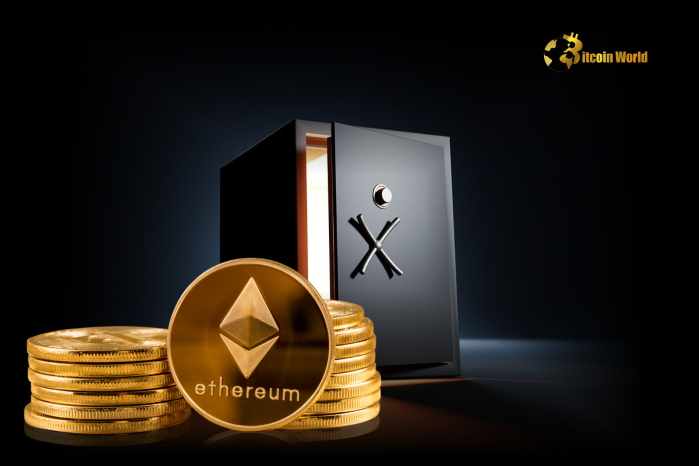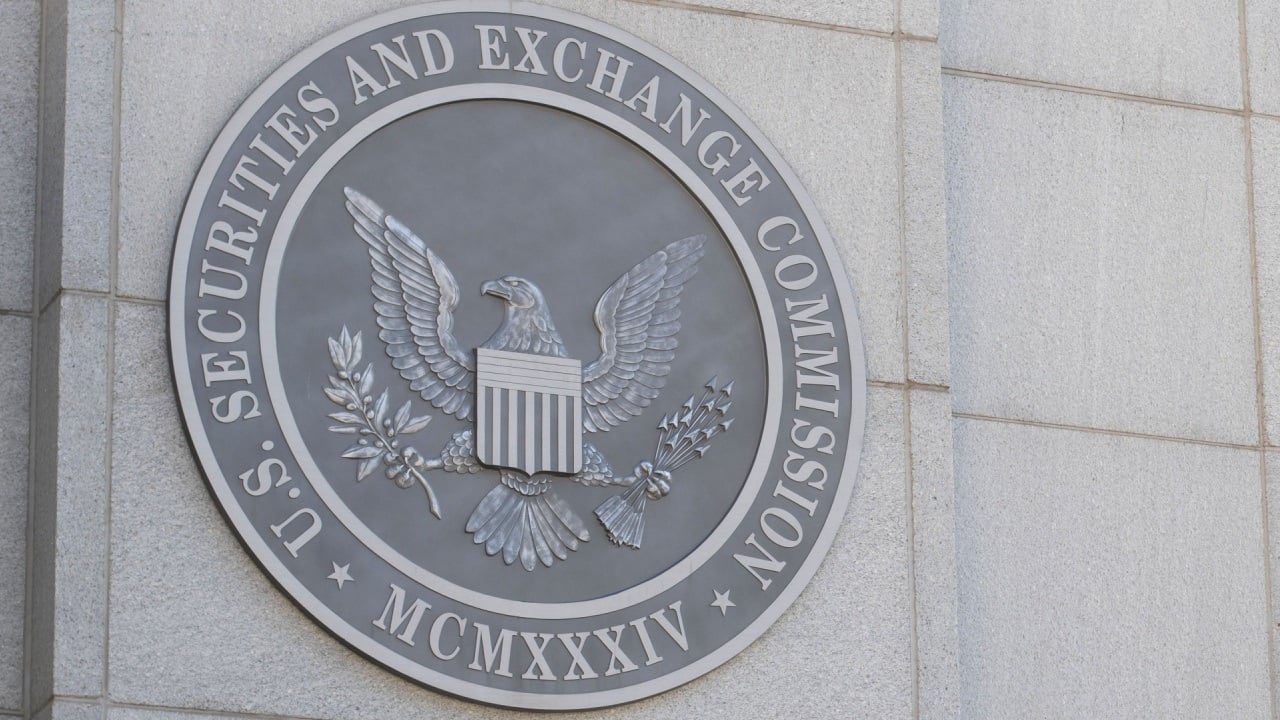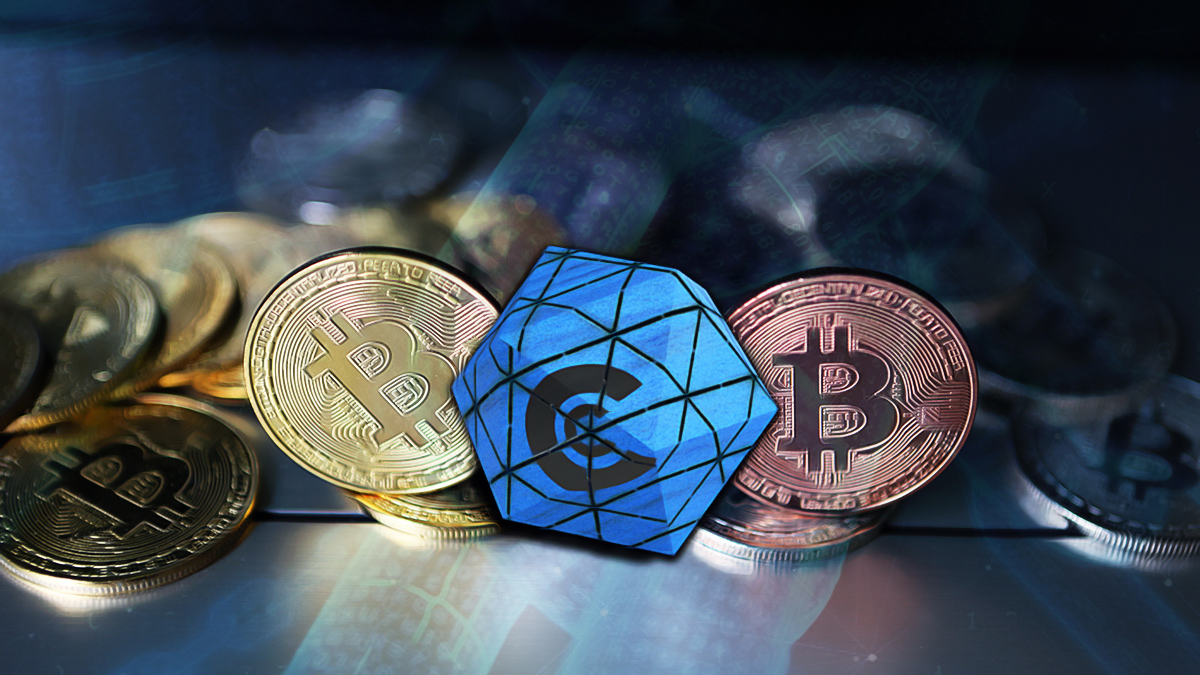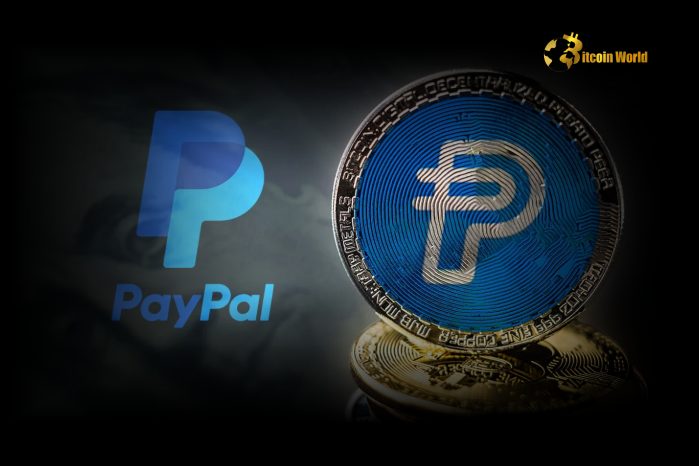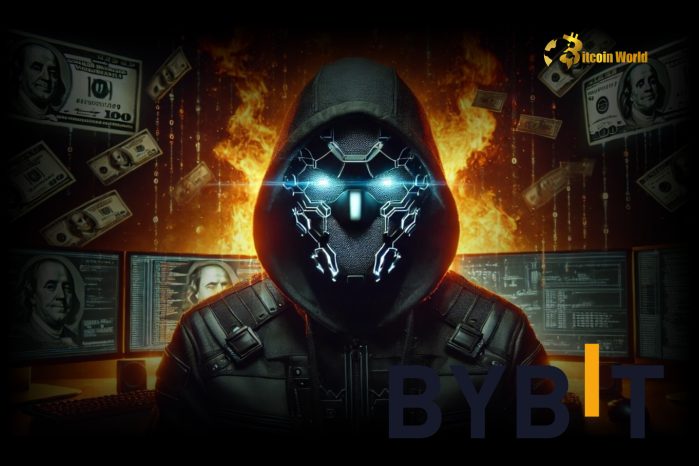
In the fast-paced world of cryptocurrency and blockchain, advancements in Artificial Intelligence (AI) are creating ripples, impacting everything from trading algorithms to decentralized applications. The latest buzz surrounds Anthropic, a leading AI research company, and their newest flagship model, Claude 3.7 Sonnet. But here’s the surprising twist: training this cutting-edge AI might not have broken the bank, potentially signaling a new era of more accessible and cost-effective AI development. Unveiling the Surprising AI Model Training Cost of Claude 3.7 Sonnet Forget the astronomical figures you might associate with training state-of-the-art AI. According to Wharton professor Ethan Mollick, citing a clarification from Anthropic’s PR, Claude 3.7 Sonnet was trained for “a few tens of millions of dollars.” This figure is based on using less than 10^26 FLOPs of computing power. Let’s break down why this is noteworthy: Lower Than Expected Expenses: The “few tens of millions” price tag is surprisingly modest compared to the hundreds of millions spent on training previous generation models like GPT-4 and Gemini Ultra. Confirmation from Anthropic (Indirect): While Bitcoin World is awaiting direct confirmation from Anthropic, the information relayed by a reputable source like Professor Mollick adds credibility. Trend of Cost Reduction?: This potential lower AI expenses aligns with earlier statements from Anthropic CEO Dario Amodei, who indicated that Claude 3.5 Sonnet also had a similar training cost. While we await official confirmation from Anthropic, the information suggests a potentially significant shift in the landscape of AI model training cost . Is it becoming cheaper to build powerful AI? Let’s delve deeper. Comparing AI Expenses: Claude 3.7 Sonnet vs. Previous Giants To truly grasp the potential significance of Claude 3.7 Sonnet’s training cost, it’s essential to compare it with the reported AI expenses of other leading models: AI Model Company Estimated Training Cost Claude 3.7 Sonnet Anthropic “A few tens of millions of dollars” (Unconfirmed) Claude 3.5 Sonnet Anthropic “A few tens of millions of dollars” (Confirmed) GPT-4 OpenAI Over $100 million Gemini Ultra Google Close to $200 million As the table illustrates, the reported AI model training cost for Claude 3.7 Sonnet, and its predecessor Claude 3.5 Sonnet, appears significantly lower than the expenses associated with models like GPT-4 and Gemini Ultra. This raises some intriguing questions: Increased Efficiency? Are AI developers becoming more efficient in training models, requiring less computational power for similar or even improved performance? Different Architectural Choices? Could Anthropic be employing different model architectures or training methodologies that inherently reduce costs? Strategic Cost Management? Is Anthropic prioritizing cost-effective AI development, perhaps focusing on optimizing resources and infrastructure? The Future of AI Expenses: Will Cost-Effective AI Dominate? While the apparent cost-effective AI training of Claude 3.7 Sonnet is encouraging, it’s crucial to maintain a balanced perspective. Anthropic CEO Dario Amodei himself anticipates future AI models to require billions of dollars for training. Several factors contribute to the potential for rising costs in the long run: Increasing Model Complexity: As AI models become more sophisticated, demanding more parameters and requiring more data, training costs could naturally escalate. Reasoning and Long-Term Tasks: The industry is moving towards “reasoning” models capable of tackling complex problems over extended periods. This increased computational demand during operation will likely drive up overall AI expenses . Beyond Training Costs: It’s important to remember that training costs are just one piece of the puzzle. Significant investments are also required for safety testing, fundamental research, and ongoing model maintenance. Key Takeaways on AI Model Training Cost The information surrounding Claude 3.7 Sonnet’s training cost offers a glimpse into a potentially evolving landscape for AI model training cost . Here are some key takeaways: Potential for More Accessible AI: Lower training costs could democratize AI development, allowing more companies and researchers to create advanced models. Focus on Efficiency and Optimization: The industry may be entering an era where efficiency in training and resource utilization becomes paramount. Continued Investment Required: Despite potential cost reductions in training, substantial investment in AI research, development, and deployment remains crucial. For those in the cryptocurrency and blockchain space, the implications are significant. More cost-effective AI could accelerate the integration of AI into decentralized technologies, leading to innovative applications and potentially reshaping the future of finance and beyond. As we await further details from Anthropic, the Claude 3.7 Sonnet story serves as a compelling reminder that the AI revolution is not only about power but also about accessibility and efficiency. To learn more about the latest AI market trends, explore our article on key developments shaping AI features.
Bitcoin World
You can visit the page to read the article.
Source: Bitcoin World
Disclaimer: The opinion expressed here is not investment advice – it is provided for informational purposes only. It does not necessarily reflect the opinion of BitMaden. Every investment and all trading involves risk, so you should always perform your own research prior to making decisions. We do not recommend investing money you cannot afford to lose.
JUP Buyback Surge: Jupiter’s Strategic $3.33M Move on Solana DEX Signals Bullish Crypto Gains

Hold onto your hats, crypto enthusiasts! The Solana ecosystem is buzzing with excitement as Jupiter (JUP), a leading decentralized exchange (DEX), has just initiated its first ever JUP Buyback program. This strategic move, worth a substantial $3.33 million, is sending ripples through the crypto market, and on-chain analysts are keeping a close watch. Let’s dive into the details of this significant development and explore what it means for Jupiter, Solana, and the broader DeFi landscape. What’s the Buzz Around the JUP Buyback? According to a recent report by on-chain analyst @ai_9684xtpa on X (formerly Twitter), Jupiter has officially commenced its inaugural JUP Buyback . Over the past 17 hours, a whopping 4,885,370 JUP tokens have been repurchased at an average price of $0.683. This significant accumulation amounts to a total investment of $3.33 million. All these transactions are transparently processed on-chain through the Jupiter Litterbox address, ensuring full accountability and visibility. And the best part? The JUP Buyback is still ongoing, suggesting even more activity to come! Why is Jupiter Initiating a Crypto Buyback? This crypto buyback isn’t just a random act; it’s a strategic decision rooted in Jupiter’s commitment to its community and the long-term value of the JUP token. Jupiter had previously announced a key initiative: 50% of all protocol fees generated on the Jupiter DEX platform would be dedicated to buying back JUP tokens. These repurchased tokens aren’t going back into circulation immediately; instead, they will be locked for a period of three years. This lock-up mechanism is crucial for several reasons: Reduced Circulating Supply: By taking a significant chunk of JUP tokens out of circulation, the buyback inherently reduces the available supply. Basic economics dictates that decreased supply, with consistent or increasing demand, can potentially lead to upward price pressure. Long-Term Commitment: The three-year lock-up period signals Jupiter’s long-term confidence in the JUP token and the future of its platform. It demonstrates a commitment beyond short-term market fluctuations. Community Reward: Using protocol fees for buybacks directly benefits the Jupiter community. It’s a way of redistributing the platform’s success back to token holders. Price Stability and Growth: Buybacks can act as a buffer against market volatility and contribute to a more stable and potentially appreciating token price over time. Jupiter DEX: A Cornerstone of the Solana Ecosystem To fully appreciate the significance of this JUP Buyback , it’s important to understand Jupiter’s role within the Solana ecosystem. Jupiter DEX has rapidly become a dominant force, known for its: Aggregated Liquidity: Jupiter isn’t just a DEX; it’s a DEX aggregator. It scours multiple Solana-based DEXs to find the best possible swap rates for users, ensuring optimal execution and minimizing slippage. User-Friendly Interface: Jupiter prioritizes a seamless and intuitive user experience, making decentralized trading accessible to both seasoned crypto veterans and newcomers. Comprehensive DeFi Suite: Beyond swaps, Jupiter offers a growing suite of DeFi tools, including limit orders, DCA (Dollar-Cost Averaging), and bridge aggregation, making it a one-stop-shop for Solana DeFi users. High Transaction Speeds and Low Fees: Leveraging the Solana blockchain, Jupiter offers lightning-fast transaction speeds and incredibly low fees, a stark contrast to many Ethereum-based DEXs. The success of Jupiter DEX directly translates into protocol fee generation, which now fuels this strategic JUP Buyback program. This creates a positive feedback loop: platform growth leads to more fees, which in turn fund buybacks, potentially boosting token value and attracting more users. On-Chain Insights: What Does the Data Tell Us? The beauty of blockchain technology lies in its transparency. Thanks to on-chain analysts like @ai_9684xtpa, we can track the JUP Buyback activity in real-time. Here’s a breakdown of key data points: Metric Value Total JUP Repurchased 4,885,370 JUP Average Buyback Price $0.683 Total Value of Buyback $3.33 Million Buyback Address Jupiter Litterbox Status Ongoing This data confirms the scale and execution of the JUP Buyback . The average buyback price of $0.683 provides a benchmark for market participants to consider. The ongoing status indicates that this is just the beginning, and more buyback activity is anticipated in the future. Impact and Future Outlook for JUP and Solana What are the potential implications of this crypto buyback for JUP and the Solana ecosystem? Positive Price Action: Historically, buyback programs have often been associated with positive price movements in the short to medium term. Reduced supply and increased demand can create a favorable environment for price appreciation. Increased Investor Confidence: The JUP Buyback signals Jupiter’s financial strength and commitment to its token holders. This can boost investor confidence and attract new participants to the JUP ecosystem. Strengthened Solana DeFi: Jupiter’s success is intertwined with the Solana ecosystem’s growth. A thriving Jupiter DEX contributes to the overall health and vibrancy of Solana DeFi, attracting more users and liquidity to the network. Benchmark for Other Projects: Jupiter’s transparent and strategic crypto buyback program could serve as a model for other DeFi projects looking to enhance token value and reward their communities. Conclusion: A Strategic Move in the Right Direction Jupiter’s inaugural JUP Buyback program is a significant and strategic move that underscores its commitment to long-term growth and community value. By allocating 50% of protocol fees to repurchase and lock JUP tokens, Jupiter is demonstrating a proactive approach to tokenomics and ecosystem development. As the buyback continues to unfold, it will be fascinating to observe its impact on JUP’s price, investor sentiment, and the broader Solana DeFi landscape. This development reinforces Jupiter’s position as a leading innovator in the decentralized exchange space and a key player in the burgeoning world of Solana. To learn more about the latest explore our article on key developments shaping Solana ecosystem growth. Bitcoin World
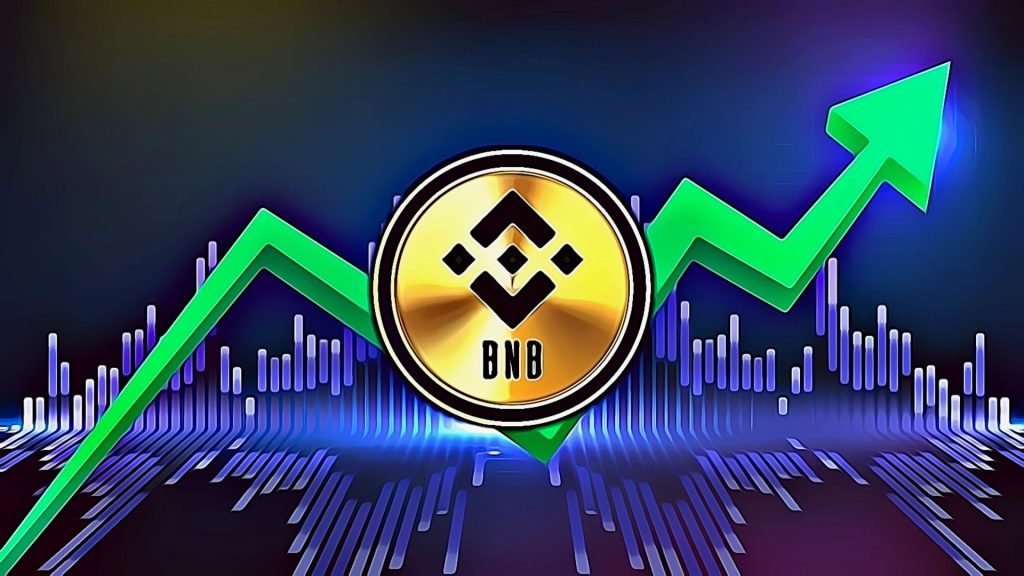
BINANCE COIN PRICE ANALYSIS & PREDICTION (February 25) – BNB Sits at $600 After a Slight Rejection, Will it Hold?
The start of this week has been painful across the crypto space following a serious bloodbath. Altcoins are in red, including BNB , which has decreased by 5% since yesterday. It appears set for a big clampdown daily. BNB traded relatively calm throughout last week while remaining in a consolidation phase due to a drop in volatility. This phase came after moving offensively to tap the $740 in the preceding week. The price could not trade long in that phase as the supply level increased heavily this week. It nosedived sharply and closed strongly after testing the $610 level yesterday. Things got uglier today and the price dipped to a daily low of $586 amid rising supply. This drop came as a retest of a fair value gap of $590 that occurred on February 8. And from the look of things, more bleeding can be expected. However, the daily low has been rejected and the price is back to where it is changing hands at around a$601. It remains weak on the daily chart while the bears are trying to regroup on the lower timeframe. We may see a retracement near $630 before resuming bearish. While the last 24 hours marked the crypto’s biggest loss in the last two weeks, we can expect a bigger drop if the supply level continues to rise. BNB must reclaim its recent all-time high before considering bullish. BNB Key Level To Watch Source: Tradingview The key potential levels for a retest are $618.7 and $652. If the market bounces back above these levels, $700 and $745 would be the next area of interest for buying. A strong daily close below $590 could trigger a heavy drop to the $544 support. The lower support level to watch for drops would be $500. Key Resistance Levels: $618.7, $652, $700 Key Support Levels: $590, $544, $500 Spot Price: $601.5 Trend: Bearish Volatility: High Disclosure: This is not trading or investment advice. Always do your research before buying any cryptocurrency or investing in any services. Follow us on Twitter @nulltxnews to stay updated with the latest Crypto, NFT, AI, Cybersecurity, Distributed Computing, and Metaverse news ! Image Source: moxumbic / 123RF // Image Effects by Colorcinch Bitcoin World


